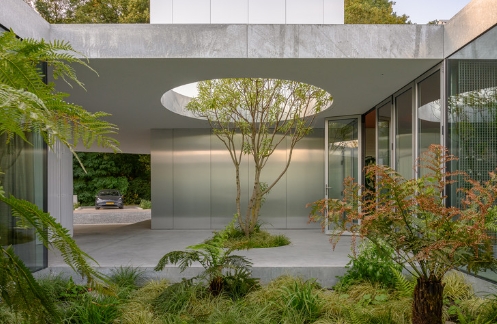Architecture and landscape design are two elements that go hand in hand in creating a harmonious environment. When these two disciplines are combined thoughtfully, they can enhance the overall aesthetic appeal of a space and create a seamless connection between the built and natural environment.
Understanding the Relationship
Architecture and landscape design are intrinsically linked as they both involve the manipulation of space, form, and materials. The design of a building is influenced by its surrounding landscape, just as the landscape is shaped by the buildings within it. The goal is to create a cohesive design that integrates the architecture with the natural environment, blurring the line between indoors and outdoors.
Creating a Unified Design
One way to achieve harmony between architecture and landscape design is to create a unified design concept that considers both elements from the beginning of the project. This involves selecting materials, colors, and forms that complement each other and help to tie the building and landscape together. For example, using similar materials for the building facade and surrounding hardscape can create a sense of continuity and unity.
Using Landscape as a Design Element
Landscape design can also play a crucial role in shaping the overall aesthetic of a space. By incorporating elements such as trees, plants, water features, and pathways, landscape designers can accentuate the architecture and create a sense of balance and tranquility. The placement of vegetation and other natural elements can help to soften the hard edges of a building and create a more inviting and livable environment.
Promoting Sustainability
Another important aspect of exploring the harmony between architecture and landscape design is promoting sustainability. By incorporating green technologies and practices into both disciplines, designers can create a more environmentally friendly and energy-efficient space. For example, incorporating green roofs, rain gardens, and native plantings can help to reduce energy consumption, improve air quality, and manage stormwater runoff.
In conclusion, the harmony between architecture and landscape design is essential in creating a successful and visually appealing environment. By considering both disciplines as integral parts of the design process, designers can create spaces that not only look beautiful but also function seamlessly with their surroundings. By embracing the interconnectedness of architecture and landscape design, we can create spaces that are both visually stunning and environmentally responsible.

